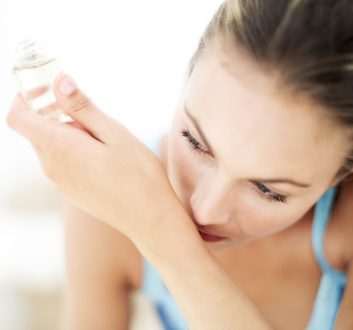
1. Perfume
Migraine sufferers have a heightened awareness to strong odours. “Migraine patients are far more sensitive to perfumes than other people who don’t have migraines,” says Dr. Christine Lay, director of the Centre of Headache at Women’s College Hospital in Toronto. “They walk into the department store perfume aisle and end up with a terrible headache. We don’t understand if it’s the odour affecting the lining of the nose, but we definitely know that [strong scents] are a trigger.”
The fix: Lay recommends minimizing your exposure to strong odours. “Some perfumes you might tolerate really well while others can be awful,” she says. To find out if certain smells are headache inducing, skip all fragrances for a month. Try unscented deodorant, hair products, soap and laundry detergent, and give air fresheners in your home a miss. If your headaches lessen, or vanish, you can try reintroducing certain scents and see how well you tolerate them.

2. Hunger
Skipping breakfast brings aches to your stomach and your head. “Changes in your blood sugar within your body are partly to blame, but there’s also a more complex interaction going on,” says Lay. Upon waking up, your eyes’ retinas sense daylight, or the brightness of your bedroom’s light bulb. They send a message to your brain telling it to rev up your body’s hunger drive. “People who skip breakfast often start the day feeling sluggish and more headachy,” says Lay.
The fix: Feed your body’s natural hunger drive first thing in the morning. “Within the first hour of waking eat a good protein breakfast,” says Lay. “And breakfast doesn’t mean three hours later when you get to the office. Breakfast means that you ‘break the fast’ of the night.” A nutritious breakfast featuring a balance of protein and carbohydrates will kick-start your body’s energy and help keep head pounders at bay.
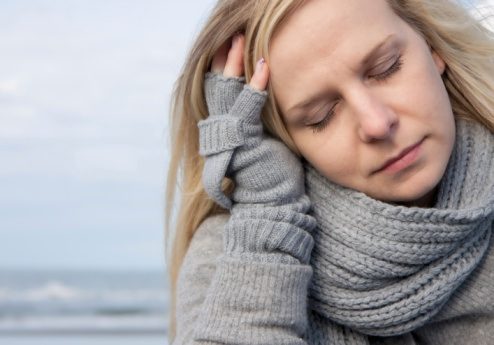
3. Going on vacation
You’ve been in a rush getting everything ready for your much-needed holiday. The day you leave, the stress stops, but a headache or migraine begins. “We call that a post-stress letdown headache,” says Lay. “It’s very common. Maybe you were up late packing and you’re sleep deprived, or you didn’t have breakfast because you have an early flight.”
The fix: “You can’t really prevent a post-stress letdown headache, but you can manage it,” says Lay. Get plenty of water and sleep in the days before you leave, and pack a few days before your departure to ease stress, and hopefully lower your risk for getting one of these headaches.
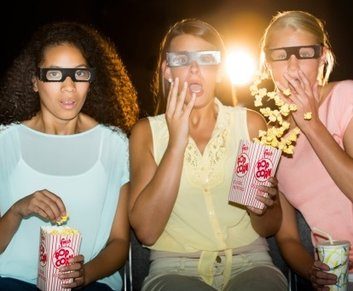
4. Watching 3D movies
Does your head start pounding underneath a pair of 3D glasses? “Most migraine patients cannot tolerate 3D,” says Lay. “The brain balances itself by what it sees, hears and feels. In a movie theatre you know that you’re not moving in the chair, but stuff is flying out at you, it creates a sense of imbalance – as does the bright light and loud noise. For a migraine patient there’s a heightened awareness of these things.”
The fix: Sorry, migraine headache sufferers, but the best way to nix this trigger is to avoid 3D movies. Save yourself the inflated admission fee – and the excruciating pain – and catch that movie in 2D instead.
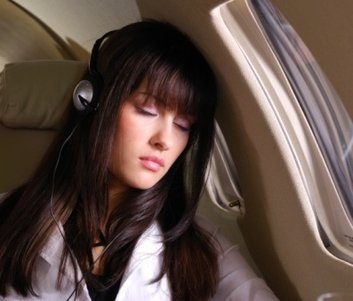
5. Jet lag
Jet lag can add another trigger to your headache-causing equation. Missed sleep, dehydration and disrupted mealtimes during air travel can create the perfect storm for a pounding head. “You’re not well hydrated, you’re eating airplane food that typically has a lot of additives and preservatives in it – all potent headache triggers,” explains Lay.
The fix: Drink plenty of water before, during and after your flight. To avoid additive-rich airplane food, Lay recommends bringing your own, and eating at your regular mealtime. When you arrive at your destination, get some fresh air and plenty of daylight to help your body adjust to the new time zone. And avoid shut-eye until it’s dark in your new destination.
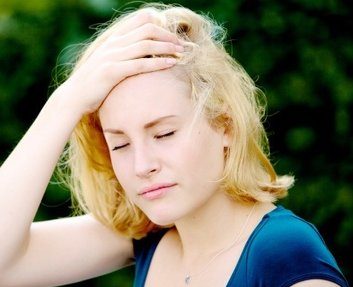
6. Bright or flickering lights
Migraine sufferers often mention bright, flickering, or pulsating lights as headache triggers. But even people who don’t get migraines can come down with a regular head-throbber in the presence of overwhelming brightness. “Bright, strobe, and fluorescent lights provide a very intense visual stimulation,” says Lay. “But you can have the same problem looking at fall colours in the country – when the sun is shining through leafless branches, you get that sun on, sun off, sun on, light flickering through the trees. It’s very problematic.”
The fix: Wear sunglasses on a sunny day, and avoid environments where flickering or fluorescent lights may be used. “A lot of migraine patients feel that the compact fluorescent bulbs can aggravate or trigger headaches so use older types of lightbulbs,” says Lay. If you’re at a theatre production or concert where strobe lighting is used, close your eyes during those moments.
Related:
• Natural home remedies: Headaches
• What kind of headache do you have?
• 7 ways to stop a headache from growing
